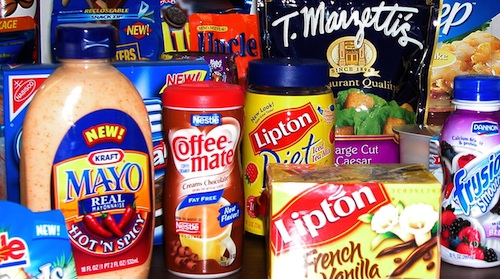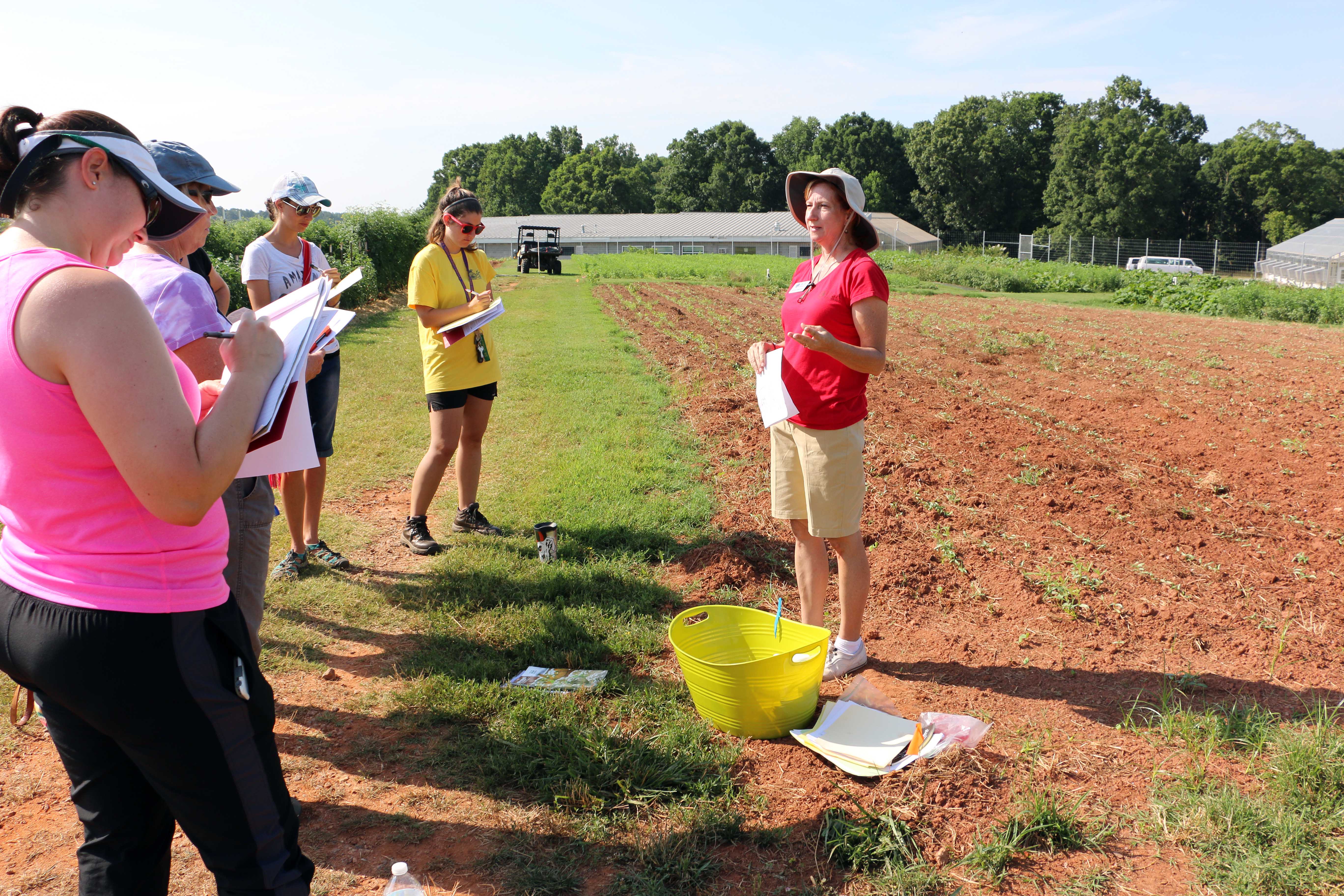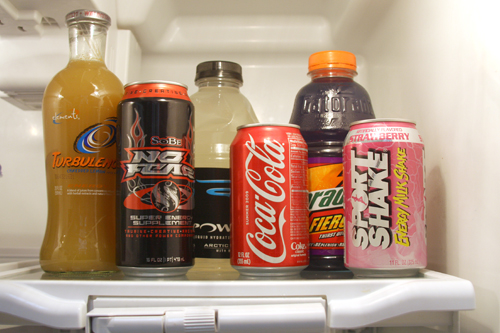Holidays are the time for home-cooked turkeys. University of Georgia food experts offer advice on how to select and prepare a delicious bird.
“Whether to buy fresh or frozen is a personal preference,” said Judy Harrison, a UGA Cooperative Extension specialist in the College of Family and Consumer Sciences. “But there are serious safety measures to keep in mind, especially if you only cook turkey once or twice each year.”
Buying and storing
If you buy a fresh turkey, check the date on the package. If the date is a “sell by” date, that is the last day the turkey can be sold. It’s best to prepare the turkey by that date. If it’s a “use by” date, cook it by that date.
A fresh turkey should be kept in the refrigerator. Frozen turkeys should be thawed in the refrigerator, cold water or the microwave, according to the USDA.
“Never thaw a turkey on the counter,” Harrison said. “Room temperature allows the surface to thaw (before the rest of the turkey) and become a breeding ground for bacteria.”
It takes 24 hours to thaw five pounds of meat in a refrigerator. A 15-pound turkey will take three to four days to thaw. Thawed turkeys can be refrigerated for up to two days.
To thaw the bird in cold water, Harrison says to submerge it in an airtight package for 30 minutes per pound. A 15-pound bird will thaw in about eight hours. Change the water every 30 minutes to keep it cold.
Turkeys can also be thawed in a microwave. “The instruction manual should tell you how long to defrost per pound of turkey and what kind of container to put the bird in,” Harrison said.
Microwave-thawed turkeys should be cooked immediately after thawing.
An easy-to-follow chart is available at http://www.fcs.uga.edu/ext/pubs/fdns/Safe%20Holiday%20Turkey.pdf.
Roasting a turkey
To roast a turkey, preheat the oven to 325 degrees Fahrenheit, Harrison said. Place the turkey in a shallow roasting pan, tuck the wing tips under the bird’s shoulders, and add half of a cup of water to the bottom of the pan.
For turkey breasts, insert an oven-proof meat thermometer in the thickest part of the breast. For whole turkeys, place it in the thickest part of the inner thigh.
If the roasting pan doesn’t have a lid, tent heavy-duty aluminum foil over the turkey for the first hour and a half to keep it moist.
Once the thigh reaches 165 degrees, check the wing and the thickest part of the breast with the thermometer.
You can also check the internal temperature at the innermost part of the thigh and wing and at the thickest part of the breast with a food thermometer. Turkey meat, including parts which remain pink, is safe to eat as long as it reaches 165 degrees. To remove pink appearance or rubbery texture, cook the turkey to 180 degrees.
Always use a meat or food thermometer to check the temperature.
Frying a turkey
“People who fry turkeys say it produces a moister turkey. And it’s quicker,” said UGA Cooperative Extension food safety specialist Elizabeth Andress. “But in the eyes of safety experts, the typical propane-fueled turkey fryer is a major accident waiting to happen.”
A common cause of turkey-fryer accidents is filling the pot too full of oil. To find the right amount of oil for your turkey, the National Turkey Federation says to put your turkey in the fryer basket and place the basket in the pot. Add water until it reaches 1 to 2 inches above the turkey. Remove the turkey and measure the water level. Pour out the water and dry the pot. Then add oil to that level.
Andress urges holiday chefs to be aware of food safety when frying turkeys.
“You have to be sure all the harmful bacteria have been killed,” she said. “The only way to do this is to measure the temperature of the cooked turkey in several places with a food thermometer.”
First, heat the oil to 365 to 375 degrees. Next, add your turkey and allow the oil to return to 365 to 375 degrees. Whole turkeys require about 3 minutes per pound to cook.
Make sure the bird is completely thawed before frying, and be careful with water-based marinades. “Water causes oil to spill over, which could cause a fire or explosion hazard,” Andress said.
Propane fryers should always be operated outdoors and away from buildings. And they should never be left unattended. Place the fryer on a flat surface, but not on a wooden deck or inside a garage. Keep a fire extinguisher nearby.







